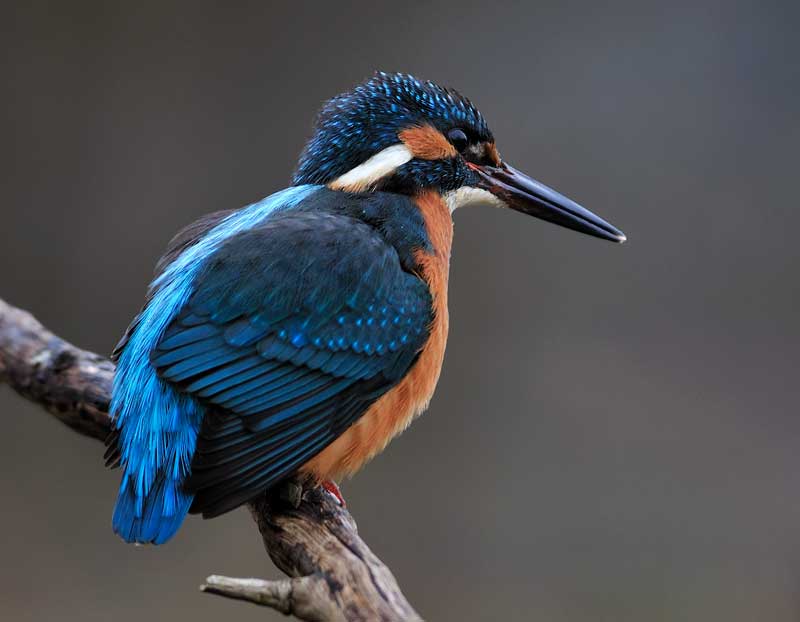
kingfisher
Known for its vibrant colors and specialized diet, the kingfisher is a distinctive inhabitant of aquatic habitats. This fact sheet provides a detailed overview of the kingfisher's biology and ecology and emphasizes the importance of protecting its habitats and food sources.
kingfisher Products
-
Animal display kingfisher
Regular price From 12,90€Regular priceUnit price / per -
Animal stand kingfisher - outdoor set
No reviewsRegular price 18,30€Regular priceUnit price / per -
Wildlife Sticker Set
No reviewsRegular price From 9,90€Regular priceUnit price / per -
Animal set - forest birds
Regular price 329,90€Regular priceUnit price / per369,90€Sale price 329,90€Sale
Profile: kingfisher
-
Scientific classification
- Class: Aves (birds)
- Order: Coraciiformes (Kingfishers)
- Family: Alcedinidae (Kingfishers)
- Genus: Alcedo
- Species: A. atthis (Kingfisher)
-
Physical characteristics
- Size: Body length of 16-17 cm
- Wingspan: 24-26 cm
- Weight: 30-45 g
- Special features: Striking, bright plumage in blue and orange, short, straight beak, short tail.
-
Habitat and distribution
- Common regions: Europe, Asia, North Africa
- Habitat: Banks of slow-flowing or standing waters such as rivers, streams, ponds and lakes; requires steep bank walls for the construction of breeding tubes.
- Adaptability: Relatively specialized to aquatic habitats, therefore strongly dependent on the availability of suitable waters.
-
Nutrition
- Diet: Piscivore
- Typical food: Small fish, but also aquatic insects and their larvae.
-
Reproduction and lifestyle
- Breeding season: spring to summer
- Nest type: breeding tubes dug into steep river banks.
- Number of eggs: 5-7 eggs per clutch
- Incubation period: Approx. 19-21 days
- Social structure: Usually in pairs, territorial during the breeding season.
-
Lifespan and protection status
- Life expectancy: Up to 6 years in the wild
- Endangered status: Endangered due to habitat loss and water pollution; however, conservation measures are being taken to maintain populations.
- Protection measures: preservation and restoration of natural river banks and water bodies, reduction of water pollution and habitat disturbance.




